Consulting
Environment
Other
Systems
New technology hub in Vaasa will develop sustainable fuels
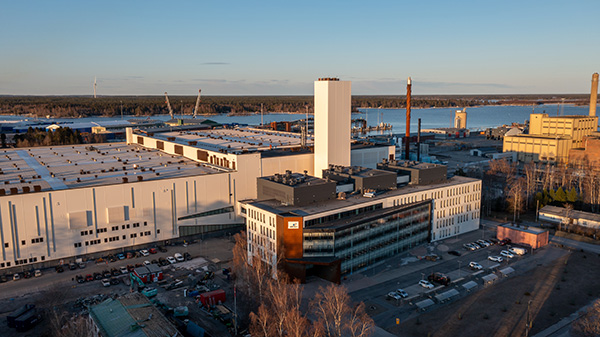
Wärtsilä Corporation has opened its new technology centre in Vaasa, on the west coast of Finland. Named the Sustainable Technology Hub (STH), the new centre will concentrate its efforts to advance the global decarbonisation in the fields of marine and energy technologies.
Known as a world leader in innovative
technologies for marine and
energy solutions, Wärtsilä Corporation
aims at researching and producing innovations
in sustainable technology and services.
Current emphasis is on the development
of green technologies, particularly
with regard to sustainable fuels and digital
technologies.
The new STH technology centre – a
world-leading centre for research, innovation,
engineering and manufacturing –
marks the start of a new era for Wärtsilä.
The construction of the new centre was
announced in 2018, with a total investment
of around 250 M€.
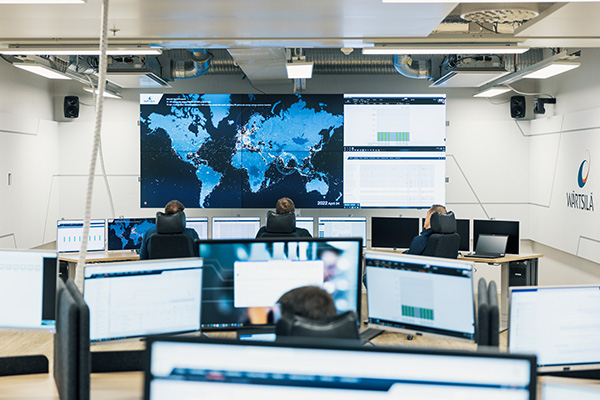
The hub was officially inaugurated in
the summer of 2022.
”All of Wärtsilä’s facilities in Vaasa
are now concentrated on one site close
to the Port of Vaasa in Vaskiluoto, right
next to the power plant,” notes Mr. Juha Kytölä, Wärtsilä Corporation’s Director for
R&D and Engineering.
”The STH hub consists of two parts.
The office building has been in preliminary
use since October 2021. This summer, the large-sized production and R&D
facility was also opened.”
The hub comes complete with a
modern fuel laboratory, multi-purpose
engine-testing facilities, and largely automised
production lines. The building has
advanced energy recovery systems that
enable self-sufficiency for heating.
ENVIRONMENTALLY-FRIENDLY
ENGINE TECHNOLOGIES
According to Mr. Kytölä, the new technology
centre equals the former Wärtsilä facilities
in Vaasa in size. However, by concentrating
the operations onto a single site,
the new facility is more practical from the
logistical standpoint, while also speeding
up everyday work and providing operational
efficiency.
The centre will employ 1,500 people
under one roof.
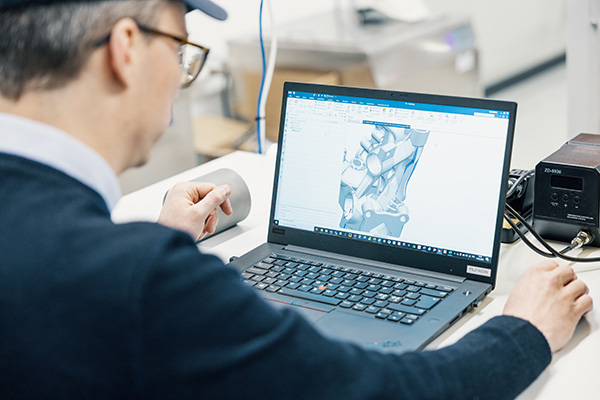
”In particular, the new STH hub
will research and produce new kinds of
engines and engine technologies. Approximately
50 percent of Wärtsilä’s engines will
be utilised in power plants and another 50
percent onboard ships.”
”True to its name, the Sustainable
Technology Hub will bring the focus of
Wärtsilä’s operations to the domain of
even more sustainable marine and power
technologies,” Mr. Kytölä accentuates.
In recent times, Wärtsilä has already
launched three new engine types. Two of
them have become available in the course
of 2022.
”These engines are able to utilise different
types of fuels. Even in the future, we
will strive to produce low-carbon or zeroemission
engine products.”
”Engines as such are not problematic
for the environment, whereas fossil engine
fuels can be. The STH hub will specifically
focus its R&D work on zero-carbon fuel
types,” Mr. Kytölä points out.
LOW-CARBON FUELS
Such new types of sustainable engine fuels
will definitely be needed in the maritime
industries.
”The way we see things is that while
biogas and hydrogen fuels may soon be
utilised in engines on a larger scale, the
ship engines will require methanol and
ethanol fuels. Already, there is a global
demand for these kinds of alcohol-based
engine fuels,” Mr. Kytölä expects.
”Already, Wärtsilä has launched the
W32 engine that operates on methanol
fuel. These types of engines have already
been sold to customers.”
Furthermore, ammonium fuels will
soon see use in marine engines.
”Since ammonium is totally carbonfree,
ammonium fuels will not cause any
CO2 emissions. We are the global leader
in the production of these kinds of fuels,”
affirms Kytölä.
Within the year 2023, an ammonia
concept from Wärtsilä will be ready, while
a hydrogen concept is expected to be available
in 2025.
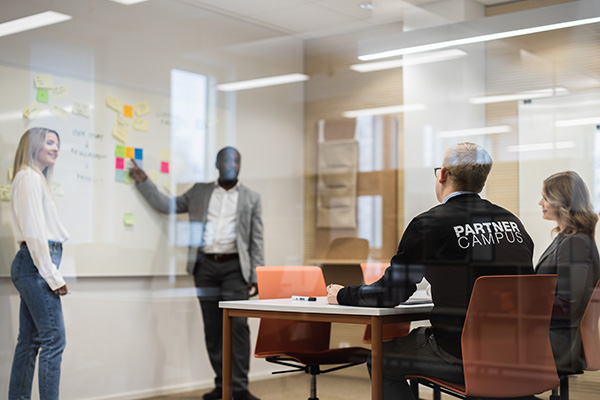
NEW BATTERIES AND
NAVIGATION SYSTEMS
For Wärtsilä Corporation, battery technology
is also an important area of research.
Wärtsilä is a supplier of battery-based
energy storage systems.
”We purchase battery cells from various
manufacturers and provide them with
e.g. intelligent control systems and other innovations, so that the complete package
will meet the customer’s needs.”
”We are producing, among other
things, hybrid solutions for powering maritime
vessels. Of course, batteries also have
their uses in land-based power stations,”
Mr. Kytölä mentions.
The largest batteries can have the
storage capacity of 500 MWh. In the case
of battery business, Wärtsilä is particularly
active in the United States.
”However, we will test our new
maritime batteries at the new STH hub
in Vaasa. What’s more, the Wasaline ferry
’Aurora Botnia’ operating between Vaasa
and Umeå – one of the world’s most
energy efficient and environmentally sustainable
passenger ferries – is being utilised
as a floating testbed for Wärtsilä’s future
innovations, in cooperation with the shipowners.
The ship is equipped with Wärtsilä’s
most technologically advanced solutions
and services,” assures Kytölä.
”With the aid of new intelligent control
and navigation systems, it will be possible
to select shipping routes more accurately
to take weather conditions into
account, so that the ship may save fuel
and sailing time. At the same time, environmental
emissions at sea can be minimised.”
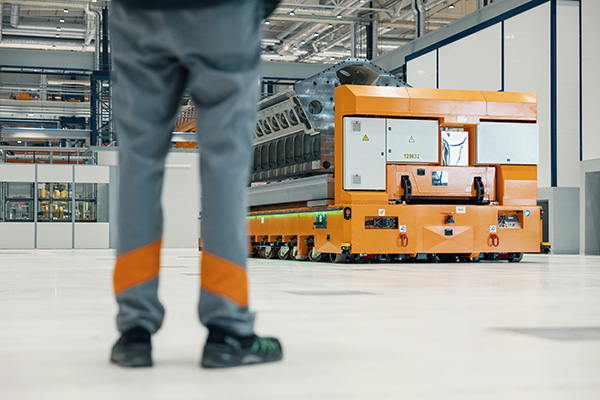
Innovation and the development of
service solutions will be an important part of the STH hub’s output. A new, modern
Wärtsilä Land & Sea Academy training centre,
Customer Expertise Centres for remote
operational support, predictive maintenance
solutions, and the development of
new digital innovations will have a central
role in supporting customers to optimise
their operations and to accelerate decarbonisation.
In Mr. Kytölä’s assessment, approximately
one ship in three sailing the seas
right now have been equipped with Wärtsilä
technology.
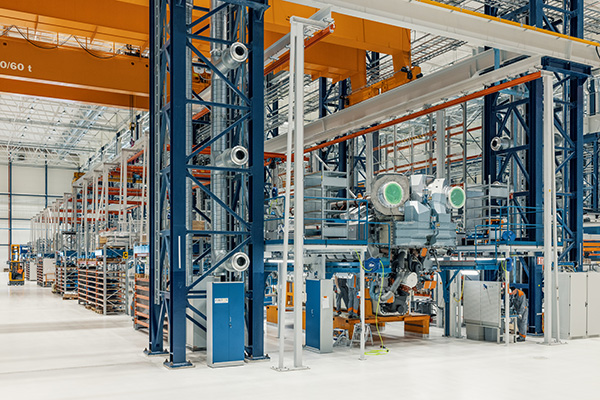
GOING FOR COOPERATION
The centre acts also as a global ecosystem
of collaboration by inviting customers,
partner companies and academia to
incubate, test and validate ideas.
”The idea is to go onwards together
in the fields of research and projects. The
STH hub also has a Partner Campus in
which universities or other cooperative
partners can test possible new technology
innovations for the future,” says Kytölä.
”The University of Vaasa is one of
our main partners, having a campus near
here.”
Furthermore, Vaasa Electricity Co.
often works in cooperation with Wärtsilä
STH hub. New energy technologies and
fuels can sometimes be tested at the Vaskiluoto
power station situated next to the
STH site.
”One of our research ideas is that
electricity might be used to produce hydrogen
for storage. Afterwards, at a time
when electricity has become higher-priced,
the stored hydrogen could be utilised for
producing electricity,” Mr. Kytölä gives an
example of synergy benefits.
by: Ari Mononen
photos: Wärtsilä Oyj



